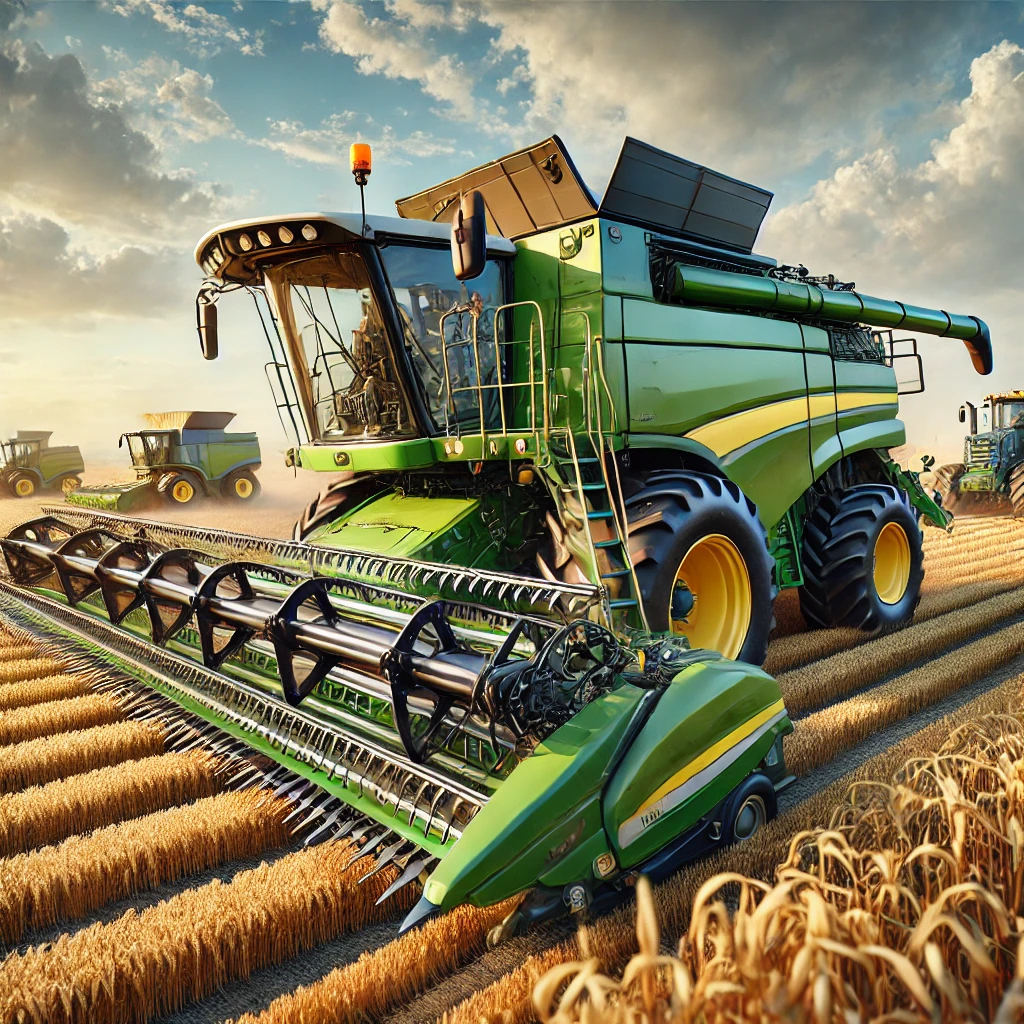Reducing seed waste is a critical concern for modern agriculture, and advancements in planting equipment have made significant strides in addressing this issue. Efficient seed utilization not only maximizes crop yields but also minimizes costs and environmental impact. This article explores the various modern planting equipment and techniques that can help farmers reduce seed waste and improve overall agricultural productivity.
Precision Planting Technology
One of the most significant advancements in reducing seed waste is the development of precision planting technology. Precision planting involves the use of advanced machinery and software to ensure that seeds are planted at the optimal depth, spacing, and rate. This technology minimizes the chances of seed overlap, skips, and uneven planting, which are common causes of seed waste.
GPS and Automated Steering Systems
GPS technology and automated steering systems have revolutionized the way seeds are planted. These systems allow for highly accurate row spacing and seed placement, reducing the likelihood of human error. By using GPS-guided equipment, farmers can ensure that each seed is placed exactly where it needs to be, thereby reducing waste and improving crop uniformity.
Variable Rate Seeding
Variable rate seeding (VRS) is another key component of precision planting. VRS technology allows farmers to adjust the seeding rate based on soil conditions, moisture levels, and other environmental factors. By planting seeds at the optimal rate for each specific area of the field, farmers can reduce seed waste and ensure that each plant has the best possible chance to thrive.
Advanced Seed Meters and Planters
Modern seed meters and planters are designed to handle a wide variety of seed types and sizes with high precision. These machines are equipped with advanced sensors and control systems that ensure accurate seed placement and minimize waste.
Vacuum Seed Meters
Vacuum seed meters use air pressure to pick up and place seeds with incredible accuracy. These meters can handle seeds of different shapes and sizes, ensuring that each seed is planted at the correct depth and spacing. The use of vacuum seed meters reduces the chances of seed doubles and skips, which are common sources of waste in traditional planting methods.
Electric Drive Planters
Electric drive planters offer precise control over seed placement and spacing. Unlike traditional mechanical planters, electric drive planters use individual motors for each row unit, allowing for more accurate seed placement. This technology also enables farmers to make real-time adjustments to planting rates and patterns, further reducing seed waste.
Seed Treatment and Coating
Seed treatment and coating technologies play a crucial role in reducing seed waste by enhancing seed performance and protection. Treated and coated seeds are more resistant to pests, diseases, and environmental stressors, which increases their chances of successful germination and growth.
Biological Seed Treatments
Biological seed treatments involve the application of beneficial microorganisms to seeds. These microorganisms can help improve seedling vigor, nutrient uptake, and resistance to diseases. By enhancing seed performance, biological treatments reduce the likelihood of seed loss and waste.
Polymer Seed Coatings
Polymer seed coatings provide a protective layer around seeds, helping to regulate moisture absorption and improve seed-to-soil contact. These coatings can also include nutrients and growth stimulants that support early seedling development. By improving seed performance, polymer coatings reduce the risk of seed waste and increase overall crop yields.
Data-Driven Decision Making
Data-driven decision making is becoming increasingly important in modern agriculture. By leveraging data from various sources, farmers can make informed decisions about planting practices, seed selection, and field management, all of which contribute to reducing seed waste.
Field Mapping and Soil Analysis
Field mapping and soil analysis provide valuable insights into the variability of soil conditions within a field. By understanding these variations, farmers can tailor their planting practices to match the specific needs of each area. This targeted approach helps to ensure that seeds are planted in the most favorable conditions, reducing waste and improving crop performance.
Real-Time Monitoring and Analytics
Real-time monitoring and analytics tools allow farmers to track planting progress and make adjustments on the fly. These tools can provide data on seed placement accuracy, planting depth, and other critical parameters. By continuously monitoring and optimizing planting operations, farmers can minimize seed waste and maximize efficiency.
Conclusion
Reducing seed waste is essential for sustainable and profitable farming. Modern planting equipment and technologies, such as precision planting, advanced seed meters, seed treatments, and data-driven decision making, offer effective solutions to this challenge. By adopting these innovations, farmers can improve seed utilization, enhance crop yields, and contribute to a more sustainable agricultural future.
